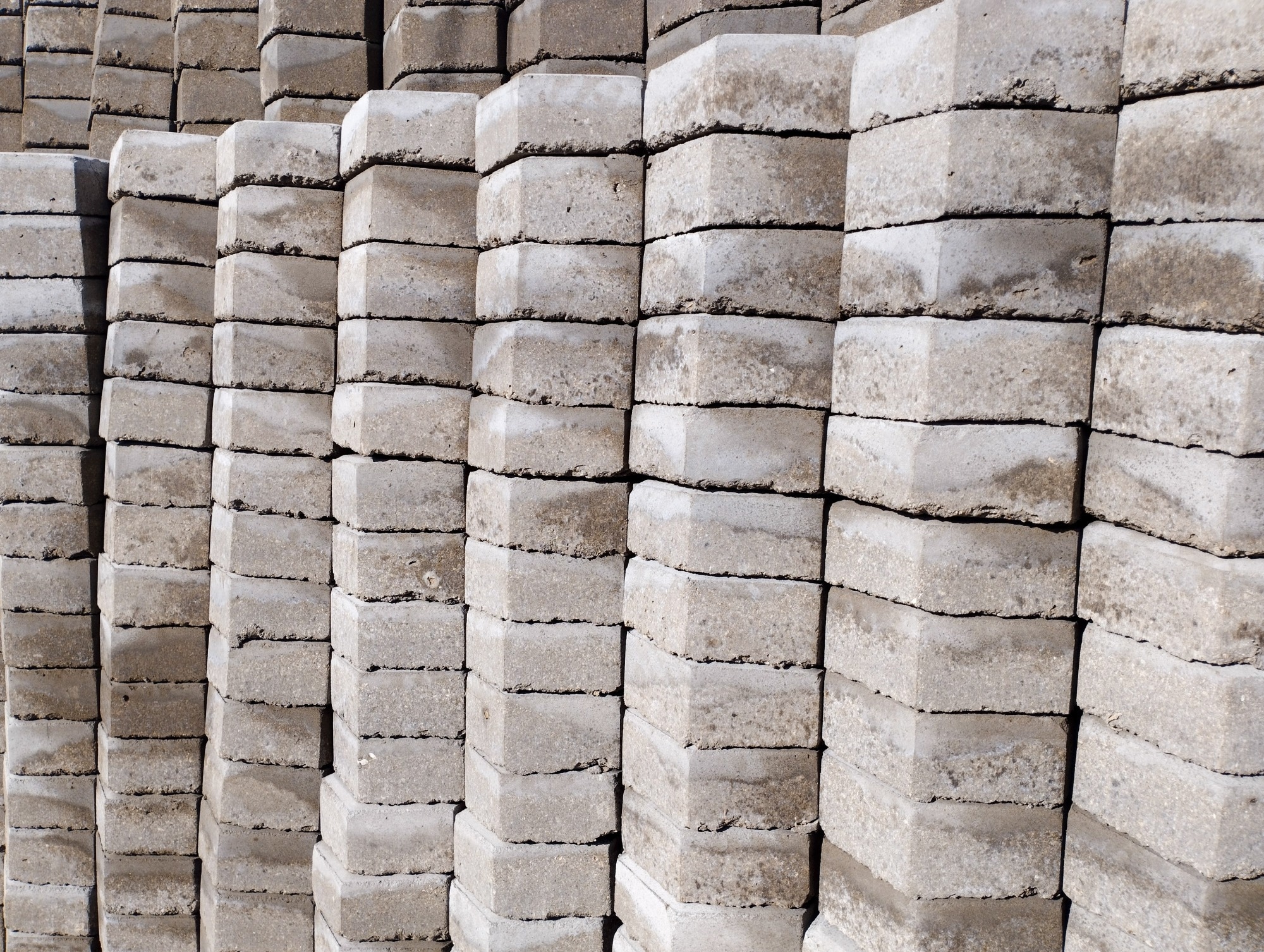Researchers have identified second-quality concrete paving block waste as a viable, sustainable substitute for natural aggregates in mortar and concrete mixtures.
 Study: Recycled concrete paving block waste as a selected sustainable substitute for natural aggregate in cement composites. Image Credit: YoooGG/Shutterstock.com
Study: Recycled concrete paving block waste as a selected sustainable substitute for natural aggregate in cement composites. Image Credit: YoooGG/Shutterstock.com
A recent study published in Construction and Building Materials explores this approach by testing various replacement levels - ranging from 0 % to 100 % for fine aggregates in mortars and up to 50 % for both fine and coarse aggregates in concretes - to assess performance across multiple concrete properties.
Context and Objectives
Using recycled aggregates in concrete isn’t new, but consistent quality and high water absorption have often limited their effectiveness. While admixtures and supplementary cementitious materials can improve performance, the key challenge lies in finding a balance between sustainability and reliable mechanical properties.
One promising approach is better separation of construction and demolition waste (CDW). By sorting materials like concrete, bricks, and tiles into distinct streams, the quality of recycled aggregates can be significantly improved. Building on this, the current study focuses on second-quality concrete paving blocks (CPBs) - a relatively uniform and overlooked waste material - as a controlled, pre-sorted source for aggregate replacement.
Materials and Methods
Locally sourced CPBs were evaluated for properties like compressive strength, porosity, density, and absorbability. After crushing them into fine (FPBA) and coarse (CPBA) fractions, the researchers used them to prepare mortars and concrete mixtures, partially replacing natural sand and gravel.
Mortars were tested with 0 % to 100 % FPBA replacement. For concretes, four variations were prepared: a reference mix (C-0); one with 50 % FPBA (C-50f); one with 50 % CPBA (C-50c); and one combining both at 50% each (C-50fc).
Rheological properties were measured shortly after mixing, while hardened-state strength was tested on standard specimens. The team also used non-destructive testing to assess electrical resistivity and employed scanning electron microscopy to analyze microstructures.
Key Findings
In fresh-state testing, the addition of CPB aggregates reduced yield stress and increased plastic viscosity, though flow diameter remained largely unchanged. Once hardened, mortars showed a clear trend: density decreased as CPB content increased, a result of the recycled aggregate’s lower density.
Porosity and water absorbability rose with higher CPB levels, reflecting the material’s more open structure. Interestingly, compressive strength in mortars peaked at a 50 % replacement rate - 12 % higher than the reference after three days - but dropped off significantly at 100 %. For concretes, early strength remained on par or better than the control, but showed modest declines by day 28. Even so, results were still stronger than those of previous studies using similar recycled materials.
In terms of durability, bulk electrical resistivity at seven days was comparable between CPB and reference concretes, suggesting similar hydration rates. Over time, the differences narrowed even further. By day 224, most mixes showed resistivity levels nearly identical to the control, indicating that long-term performance was not significantly compromised.
Conclusions and Future Directions
The results point to second-quality CPBs as a consistent and promising alternative for partial aggregate replacement in both mortars and concretes. While mortars required additional superplasticizer - likely due to the finer texture and higher cement content - overall performance trends remained positive across mixes.
Looking ahead, the researchers recommend extending the study to CPBs recovered from real-world demolition projects, which may introduce additional variables such as contaminants. Understanding how impurities like oil or clay affect durability and strength will be essential for broader implementation.
Journal Reference
Pizoń, J., Matýsková, K., Horňáková, M., Gołaszewska, M., & Kratošová, G. (2025). Recycled concrete paving block waste as a selected sustainable substitute for natural aggregate in cement composites. Construction and Building Materials, 478, 141356. DOI: 10.1016/j.conbuildmat.2025.141356, https://www.sciencedirect.com/science/article/pii/S095006182501504
Disclaimer: The views expressed here are those of the author expressed in their private capacity and do not necessarily represent the views of AZoM.com Limited T/A AZoNetwork the owner and operator of this website. This disclaimer forms part of the Terms and conditions of use of this website.